- A GLIMPSE AT THE EVOLUTION OF THE MODERN NYMPH
From MC Coetzer
(MC Coetzer, one of South Africa’s most respected fly fishers, has taken part in international competitions for many years. In this article he traces the changes he has noticed in the development of successful nymph patterns used at international competitions over the years. What intrigued me about their apparent evolution, especially of the European nymph patterns, is how gradually they all appeared to look the same, almost, you could say, became a ‘generic’ nymph, give or take the difference between the caddis and the mayfly nymph. That’s far from the truth though, as MC explains.)
I always tried to get hold of flies from the best performing individuals at international competitions, or from the home teams.
The patterns below are from the Finland team who won the Worlds in Finland in 2007. Not much to say about them. Interesting to note the popularity of Czech style patterns and their use of coloured hooks. I have not fished with the Finland guys since 2007, so it will be interesting to see if their tying has changed at all.

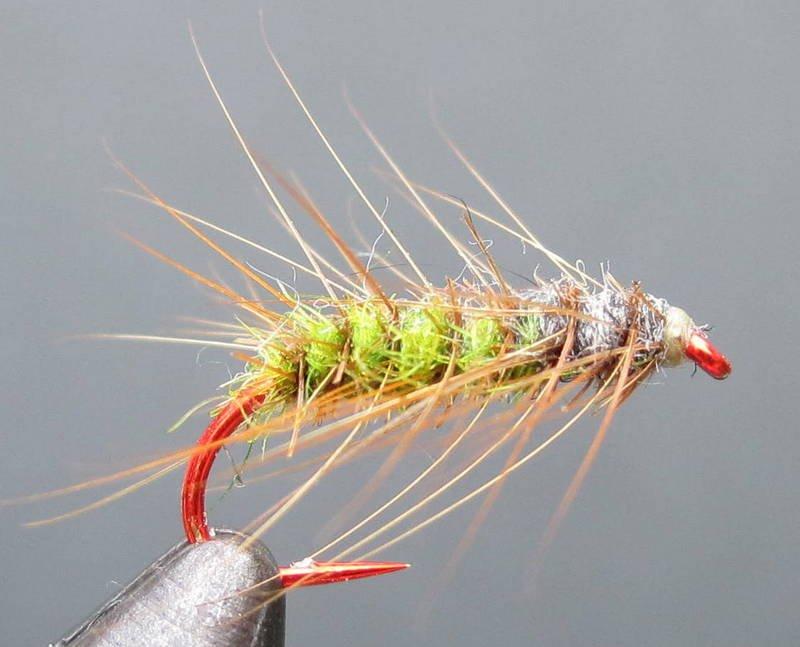


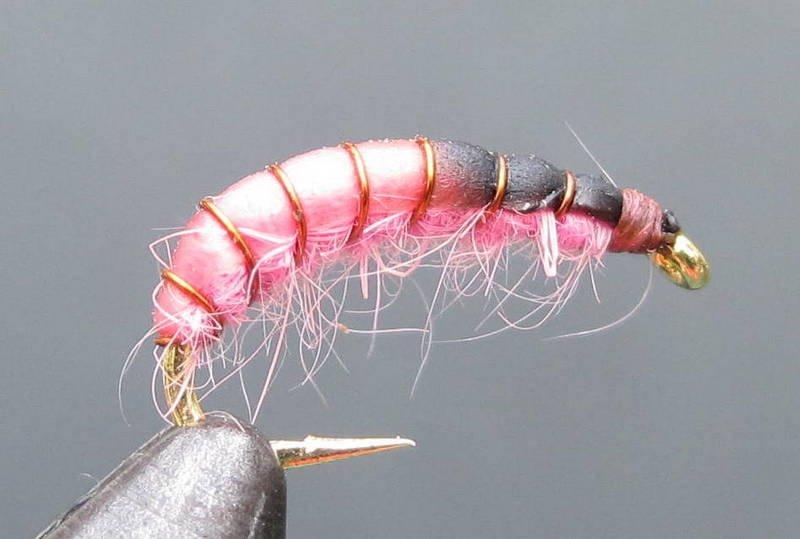


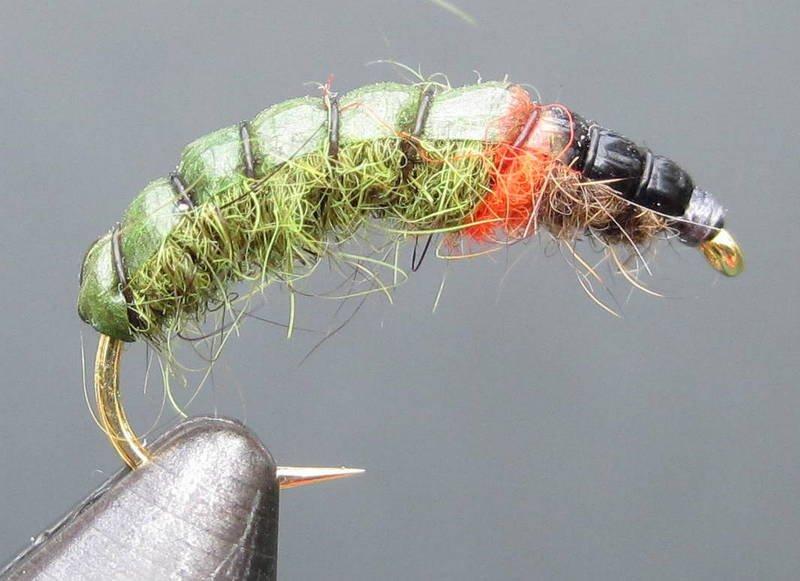

Vladi Tresbuna flies
Vladi made woven flies famous and these, pictured below, were tied by him. His tying is absolutely fantastic, but the style is definitely outdated. Vladi is also a former world champion but he stopped competing before 2000 or thereabouts and this is clear when you look at the fly design. They are bulky with a lot of detail. Nowadays that's not considered to be important.



Below are some other Polish nymphs. The first four are the flies they fished in France last year and the last two were used by the 2007 World Champion in Finland. The skinny PTN's were tied by Josef Lach who was that year's Polish champion.
The polish flies stayed very constant from when I saw their flies in about 2005. It's always those skinny and quite long PTN's and GRHE patterns. Even today they use very few jigs.
Incidentally, on the French patterns, they believe that a jig must only be used when you want the fly right on the bottom. Anywhere else in the column and it must be tied on a standard hook because they don't like the flies' posture in the jig format.

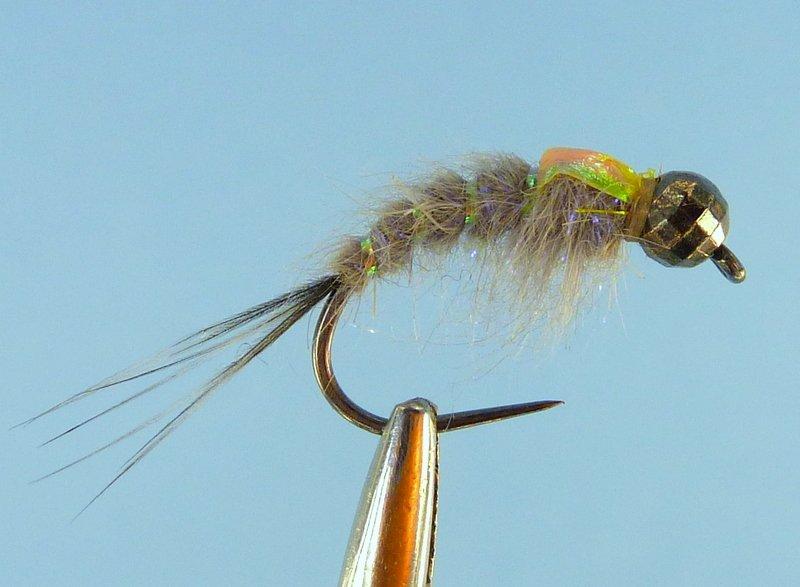
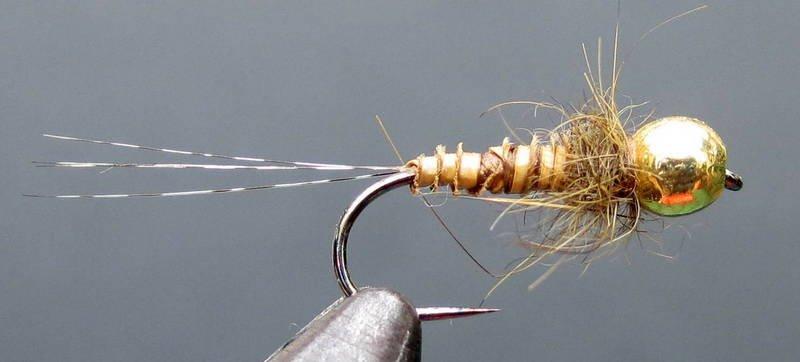
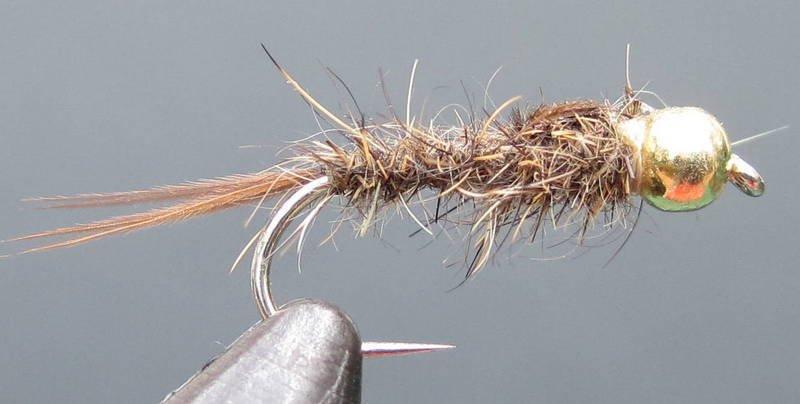

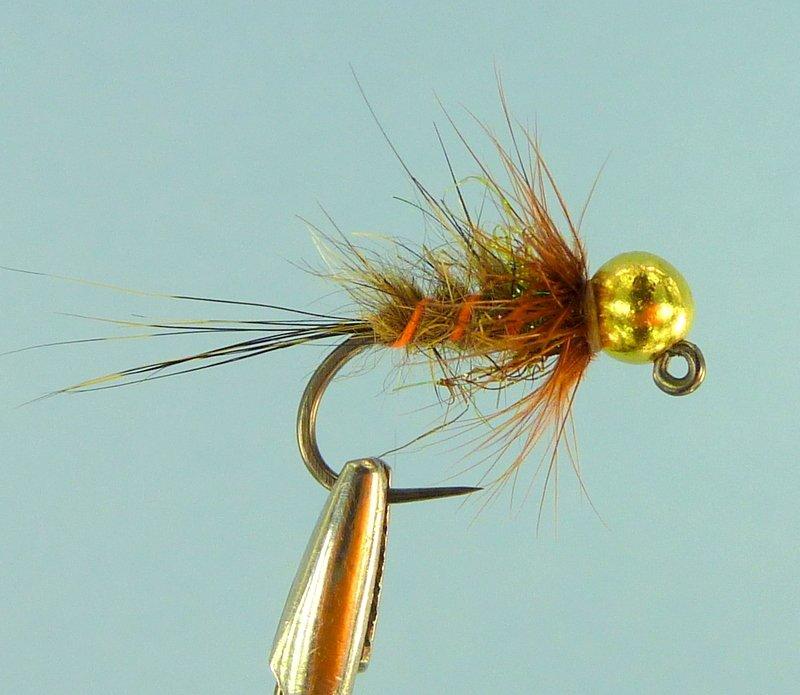
The flies below were all given to me by Louis Jean Rauch – also in France during 2012. I spent a morning fishing with him and he is by far the most impressive fisherman I've ever seen from tying, casting, efficiency, accuracy. Louis is one of Pascal Cognard's regular fishing partners and you will recognise quite a few of the patterns in my fly boxes as copies of these.
The interesting characteristic of his patterns is the placement and subtlety of hotspots. He believes that the placement is critical in heavily fished waters where the fish will refuse a fly with a coloured bead or with a hotspot behind the bead - they've simply seen too many.
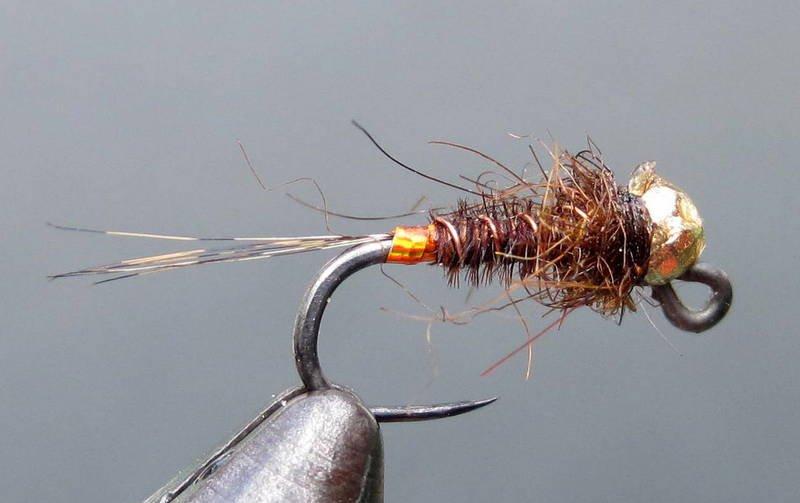

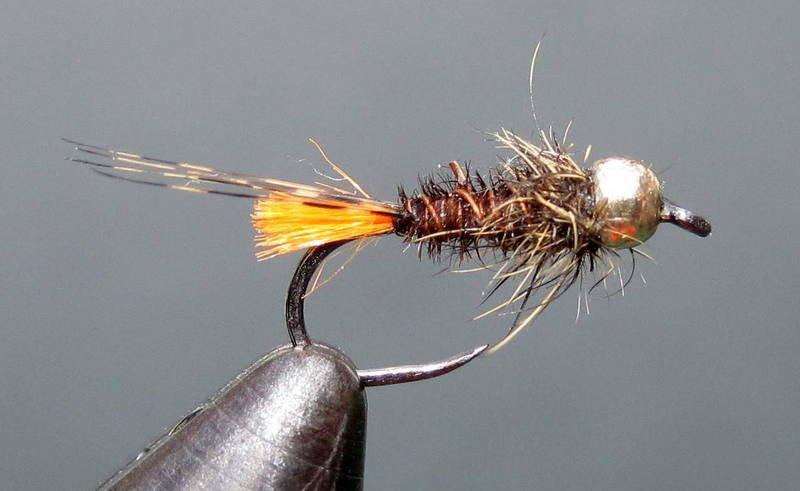
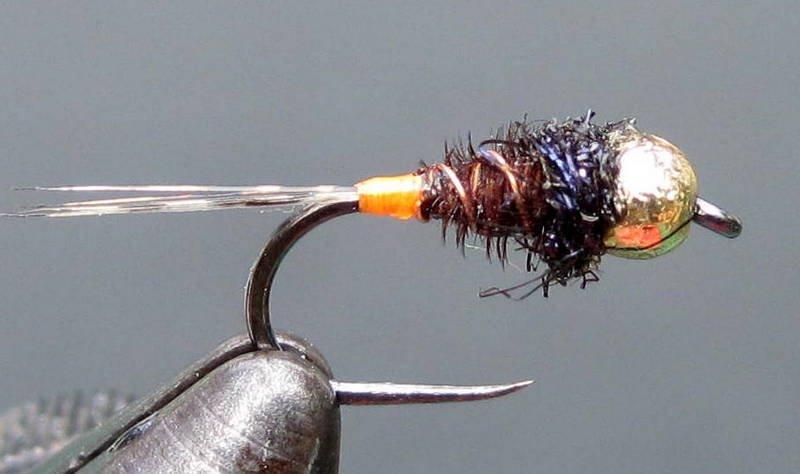



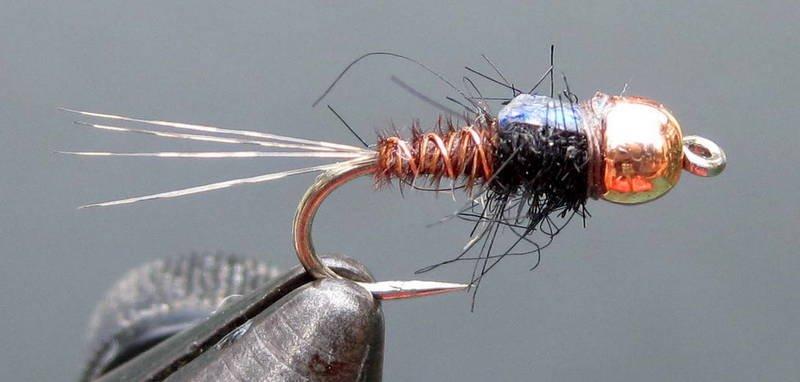
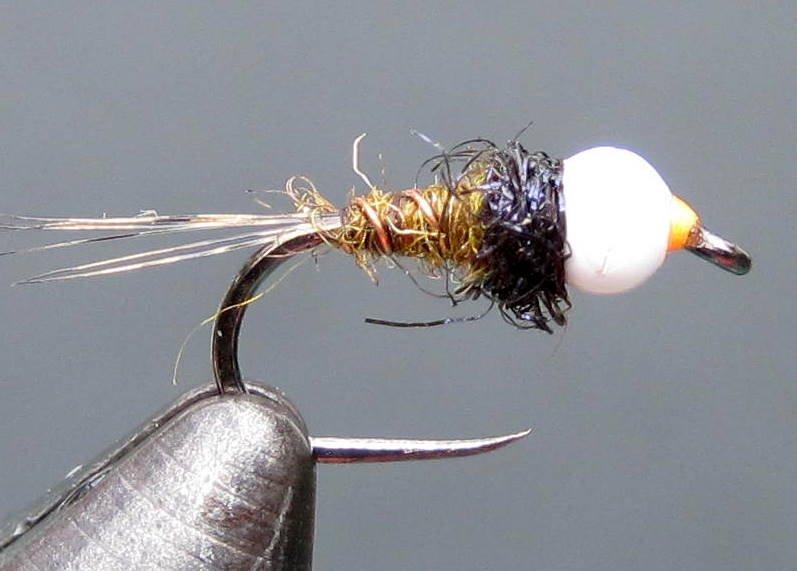
The the nymph patterns below were given to me by one of the French competitors in the recent competition in the South West of France.

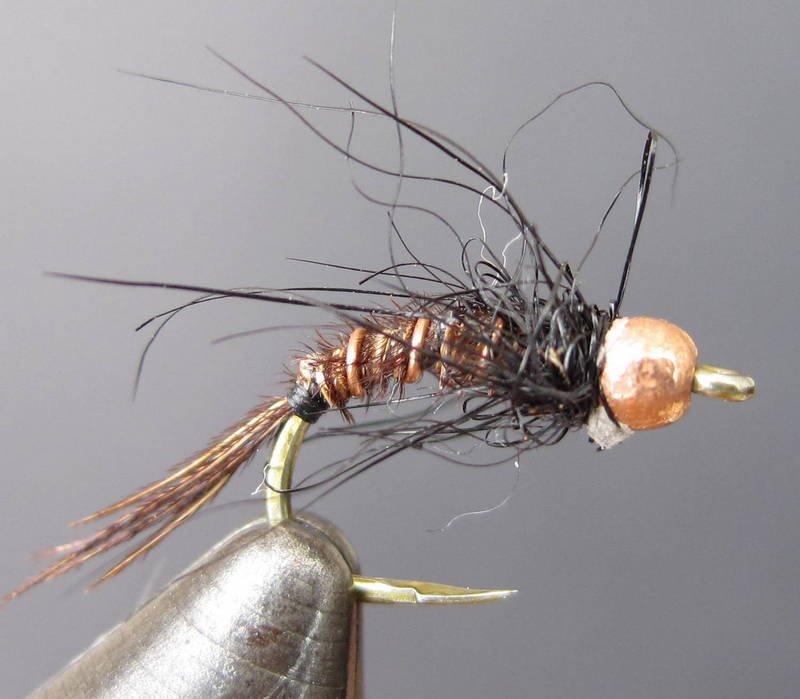

Below are pictures of Polish PTN’s. These came out of the boxes of Polish anglers when I fished in Sweden and Finland. The outstanding characteristics of their PTN’s are that they are extremely slim for their weight and the Polish like that sparse hackle collar on the fly. These guys are like skinny flies..... because they sink like fat ones!


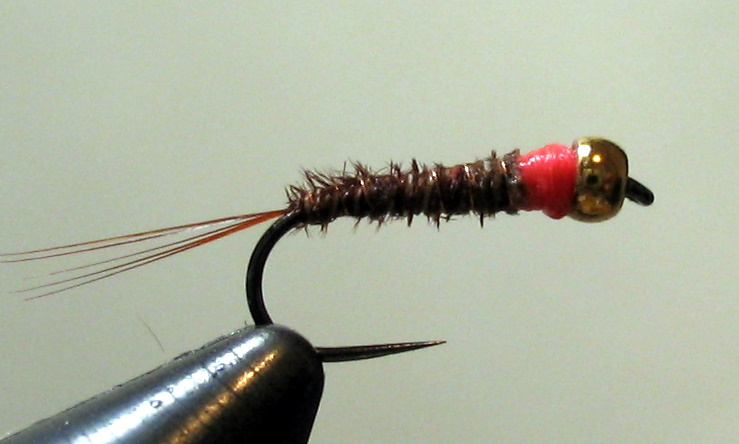

Finally, the other type of nymph pattern I must add is the most common style of Czech fly. It’s basically a jig version of a red tag with a sparse CDC collar. This ties in with their active retrieve when nymphing. This image is from my own fly box.




